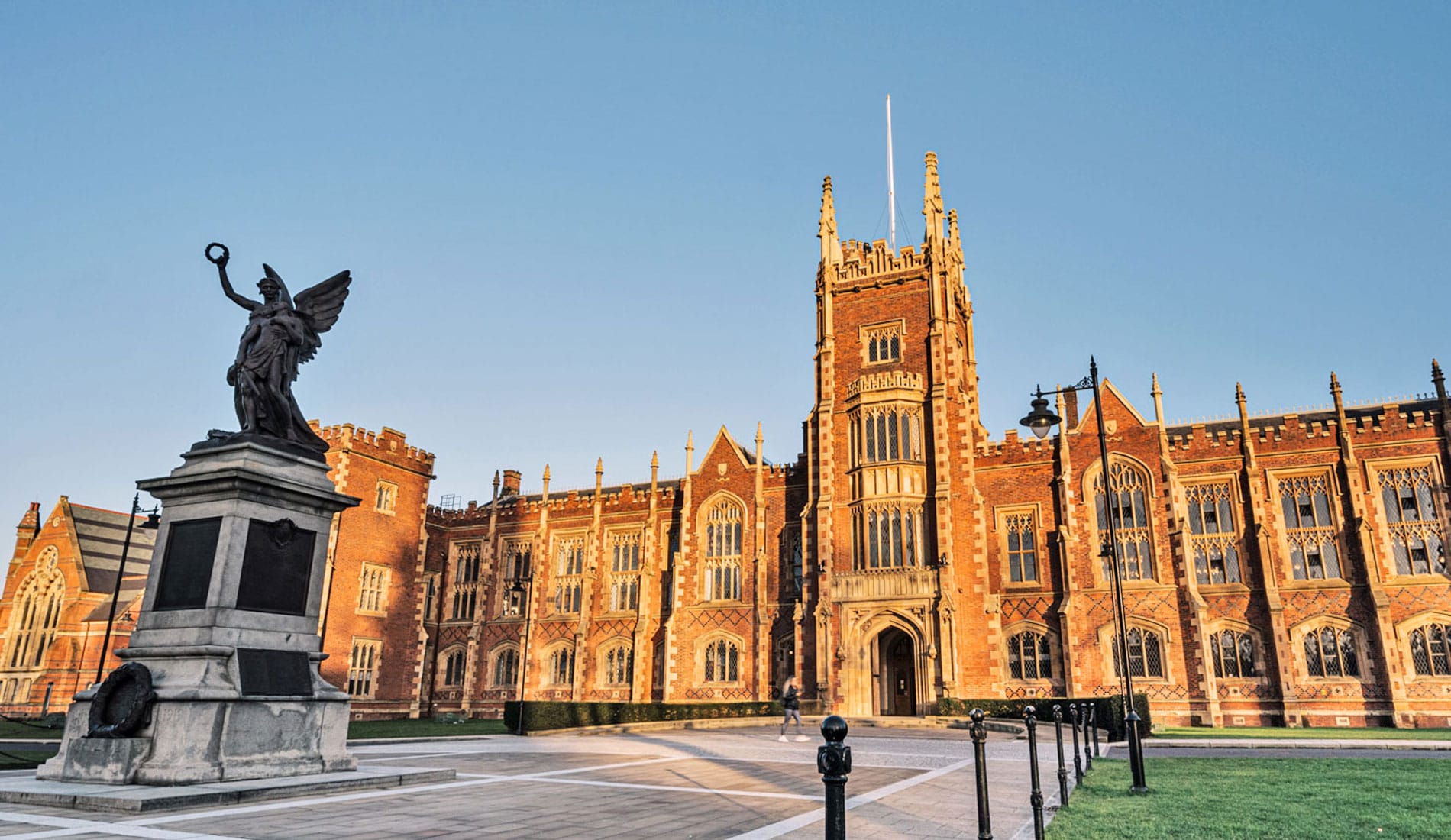Client: Queen’s University Belfast
Queen’s University Belfast – Implementing a Renewable Energy Solution for Sports Facilities

Solar PV Case Studies
Queen’s University Belfast – Implementing a Renewable Energy Solution for Sports Facilities
Solar PV, GSHP, Underfloor Heating, MHRV
Objective:
Queen’s University Belfast (QUB) sought to implement a renewable energy solution to meet the high demand for hot water within its sports facilities. This initiative was driven by the university’s commitment to reducing its carbon footprint in line with its Carbon Management Plan.
Challenge:
The university was experiencing spiraling costs due to the high demand for hot water within its sports facilities.
Solution:
To meet these objectives, b4b Renewables installed and commissioned 30m² of Solar Flat Plate Collectors. These solar panels were designed to harness renewable energy and provide hot water for the new playing facilities. The installation involved mounting 12 solar panels on a purpose-built frame located on a flat roof overlooking the playing pitches.
The project was executed with careful planning by b4b Renewables, ensuring that the solar panels were optimally positioned to maximise exposure to sunlight. This not only ensured an uninterrupted supply of hot water but also demonstrated a commitment to sustainable energy practices.
Results:
The solar energy solution successfully fulfilled the need for a dependable hot water supply, enabling the sports facilities to reduce their reliance on traditional energy sources. Key outcomes of the project include:
Reduced utility bills: The sports facility has experienced a decrease in energy costs.
Lower carbon emissions: The implementation of the solar panels contributed positively to the university’s carbon footprint, in line with its sustainability goals.
Queen’s University Belfast’s adoption of solar energy for its sports facilities is a testament to its commitment to sustainability and innovation. By integrating renewable energy, the university not only met its operational needs but also made strides toward a greener campus, reinforcing its leadership in environmental responsibility.
Related Case Studies
Solar Delivers Fast ROI for RE:SURE, Cookstown
Based in Cookstown, Co. Tyrone, RE:SURE wanted to reduce their dependency on the electricity grid, cut operational costs, and boost energy efficiency...






